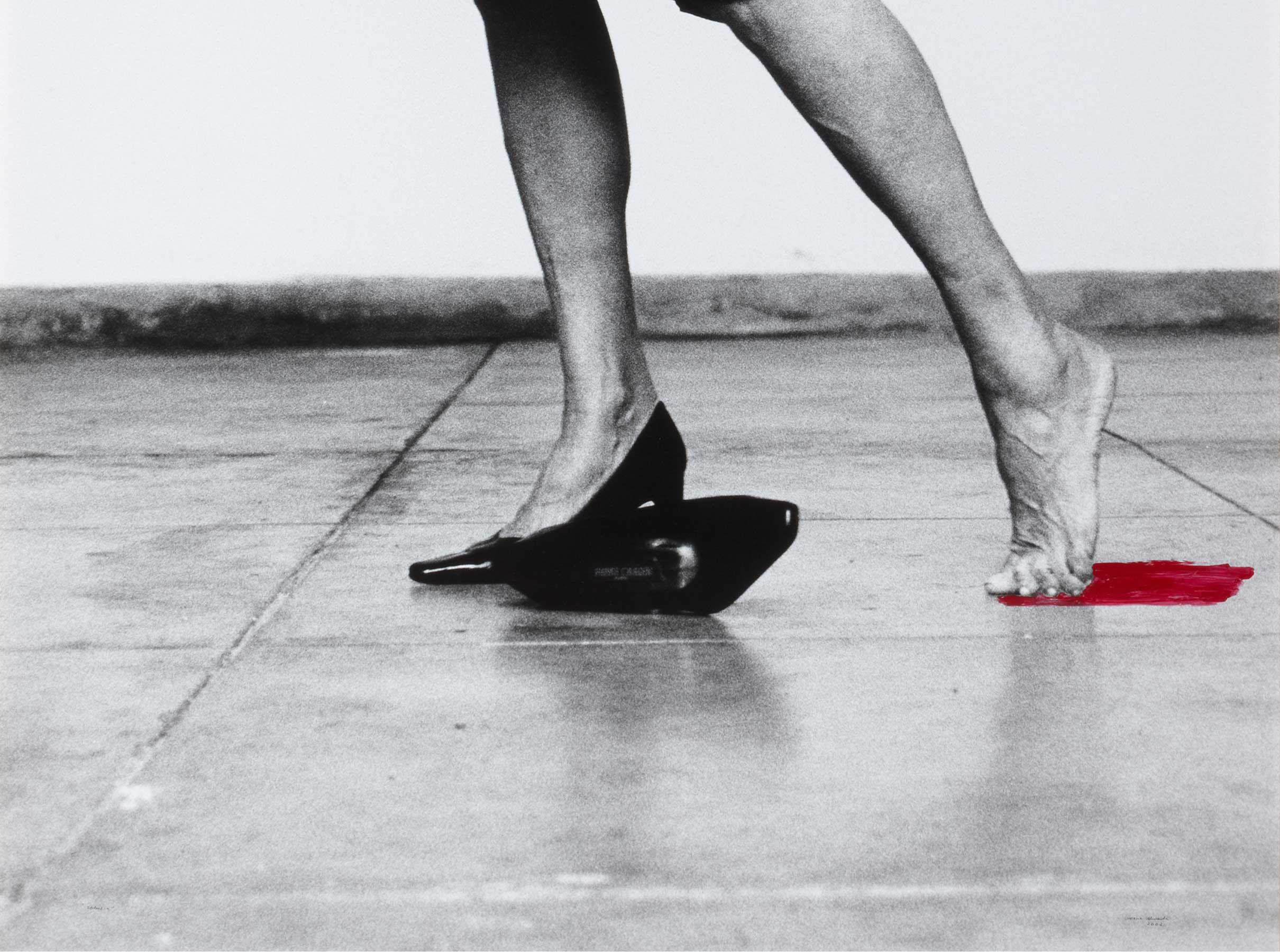Edificio Banco de España [Banco de España Building]
- 2000-2001
- Silver gel print on baryta paper
- 18 x 24 cm
- Cat. F_319
- Comissioned from the artist in 2000
Javier Campano’s proven track record, particularly in the field of urban photography since the 1970s, with his focus on interiors and exteriors from a subjective, fragmentary point of view, was the reason why the Banco de España decided to commission him to produce an extensive photo report on the architecture of its headquarters on Plaza de Cibeles in Madrid in the year 2000. The result was the book entitled ‘Architecture of the Banco de España’. The institution was reflecting at that time on the history of its building and its status as an architectural icon: on the one hand, the building was declared of Cultural Interest in 1999; on the other hand, the adjoining Lorite Palace was about to be demolished to make room for architect Rafael Moneo’s project for an extension that would cover the entire block.
Campano had already undertaken architecture commissions, which had led to some of his most outstanding series, such as the ones dedicated to architectural rationalism in Valencia and to different Portuguese cities. In his work for the Banco de España, he explicitly ignored the human presence inside as he sought to place the focus on the weight of history. So that the photos would exude the institution’s protocol and its representative nature, in the most traditional sense of both terms. Thus, architecture emerges as a ghostly presence, sometimes with a nearly archaeological, timeless aspect. However, Campano also shot work areas, entrances and public areas, where recent memories of everyday activity can be seen. Thus, the architecture is rooted in a specific moment for the institution, while also portraying it as an accumulative, ahistorical entity with its own memory through objects. In this regard, he does not only look at the architectural details, but also at the Bank’s movable objects, from its furnishings to its art collection and their symbolic and institutional uses. Campano’s scrutinising yet detached gaze often becomes intentionally intrusive in the restricted areas of the building, such as the gold room and the senior management’s offices. In formal terms, some photos seek asymmetry of composition and a snapshot feel, while others stress the architectural soundness and appearance of certain areas by means of a studied, classical framing.
Other works by Javier Campano

![Edificio Banco de España [Banco de España Building]](/f/webca/INF/assets/img/fff.png)